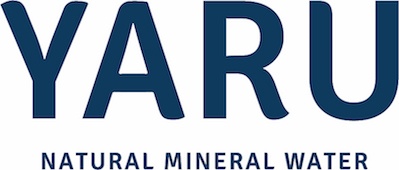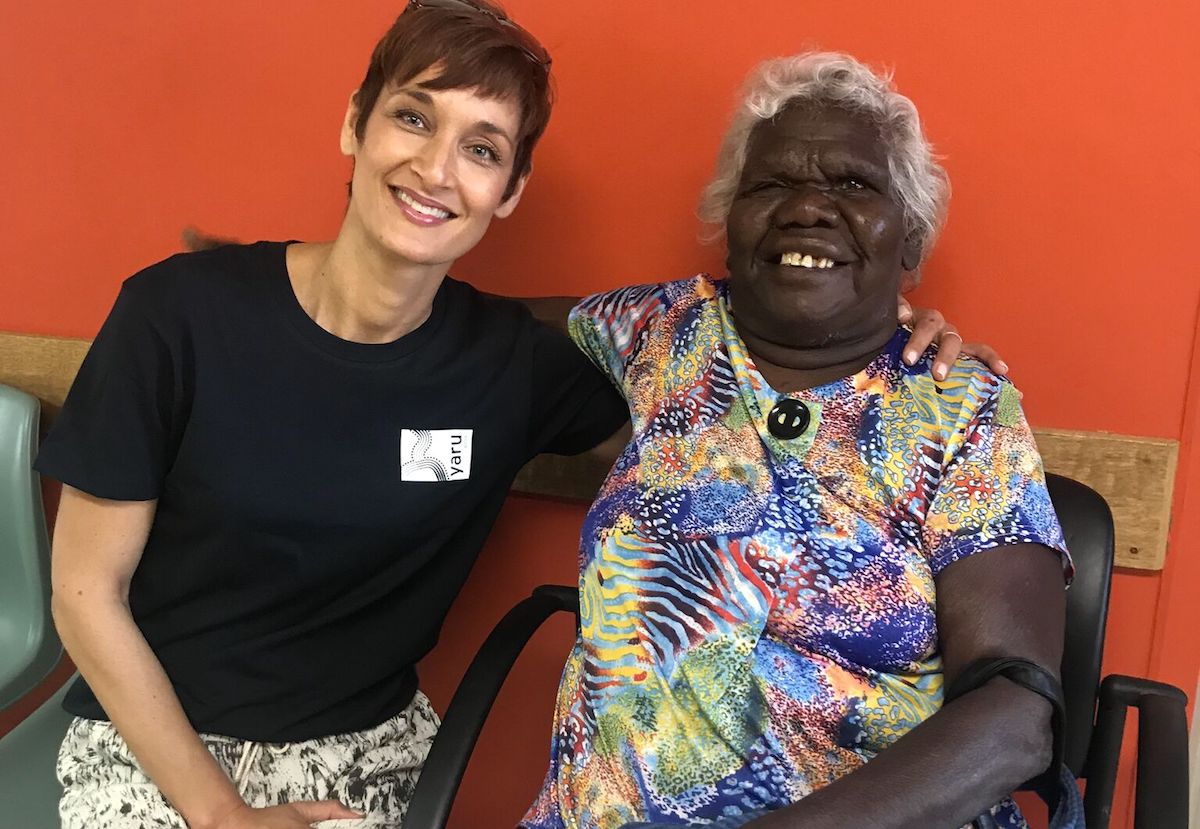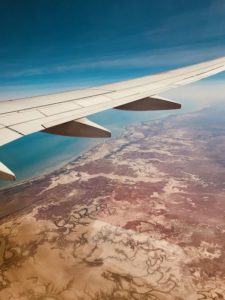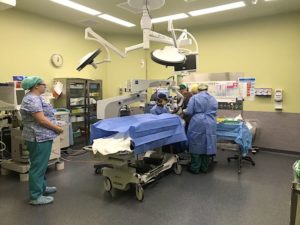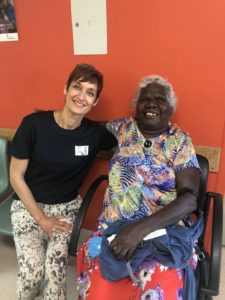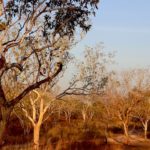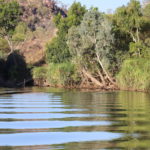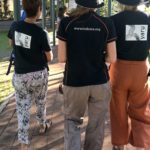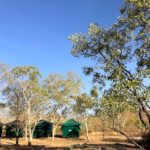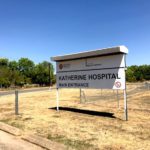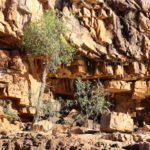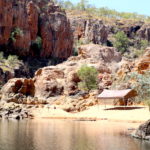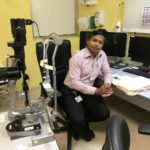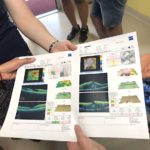Restoring sight with the help of Yaru customers
As you may already know, Yaru Water is a proud supporter of The Fred Hollows Foundation, so we were eager to see first-hand some of the projects that our customers’ support is helping to make possible.
We wanted to show you just how critical your support has been to the lives of so many Aboriginal people in the remote communities of the Northern Territory, so we’ve put together a short overview about our visit to the community of Katherine, where we witnessed patients receiving life-changing eye surgery, some being able to see clearly for the first time in years.
But before we start, here are some facts that demonstrate why these particular projects are so important…
- Did you know that 94% of vision loss in Aboriginal and Torres Strait Islander adults is preventable or treatable?
- Refractive error, diabetic retinopathy, cataract and trachoma are just some of the leading causes of vision loss and low vision in our Indigenous communities.
- Shockingly, blinding cataract is 12 times more common among Aboriginal and Torres Strait Islander adults, and almost 40% of the people who need cataract surgery have not been able to access specialist treatment services.
- 37% of Aboriginal and Torres Strait Islander adults have diabetes; among those 1 in 3 have diabetic retinopathy. Almost half of the adults living with diabetes do not have the recommended annual diabetes eye check. 98% of blindness from diabetes is preventable with early detection and timely treatment.
- Australia is the only developed country to still have trachoma, found predominantly in Aboriginal communities.
As soon as we had met some of the people who had travelled to Katherine for eye surgery, we started to realise why some of the statistics above were so high. Some of the people had needed to travel for days in order to get to the town of Katherine for their
surgery. Many were older and had left their communities with a huge sense of uncertainty. You see, these remote areas are extremely hard to navigate due to the extreme terrain. Flooding, severe heat, and unlaid roads are all factors that make it highly difficult to access such remote communities, even when the elements are not against you.
Whilst there are some outreach services in place, these specialist surgeries require a high number of staff and a great deal of specialist equipment. It is not possible to take this equipment to the communities themselves, so instead, the highly skilled staff come to the town of Katherine where special theatres are set up for the sight-restoring surgery.
There are 12 different Aboriginal languages or dialects that exist in The Top End, which can make translation with those most at risk another big challenge.
Logistics, cultural differences, and accessibility have made eye surgery weeks no easy feat. But that hasn’t deterred The Fred Hollows Foundation and its local partners. In fact, it’s exactly why eye surgery weeks like this have been developed. So that people who have not had access to such vital services are given the opportunity to receive treatment that will give them back their eyesight. And what this means for many, is far more than being able to see again.
Eye surgery day
There was without a doubt a feeling of nerves in the air as we walked through the hospital and waiting areas. People had come from afar, many on their own without their usual support network or families, to receive sight-restoring surgery.
Importantly, the staff were warm, friendly, and clearly spoken to each patient. There were also a number of support staff on hand to ensure communication with patients was as smooth as possible.
Each patient was given their appropriate anaesthetic and medication before receiving their surgery. We witnessed the surgeons and medical team prepare for these intricate surgeries, and at the end of this particular surgery day, eight people had undergone this incredible surgical procedure.
Patch removal day
These surgeries are wonderful to witness, because it is the next day when patients can quite literally see the results.
Walking back into hospital the following day we were greeted by a very different atmosphere. Everywhere you looked there was someone smiling from ear to ear. People looking more relaxed and, in some cases, ecstatic and vocal about the results after having their eye patches removed.
Each patient was seen by the surgeon as they were given their follow up drops and medication to help prevent any post-op infections. They were also asked if they had any questions or concerns, and whether or not they had anyone who could help them to apply their eye drops. And then it was time to take the long road home.
Still work to be done
Being part of the eye surgery week was quite something. Most of us take access to healthcare for granted. But for many, medical intervention is not always a given. Australia is a vast and complex country. The proportion of Aboriginal and Torres Strait Islander adults with vision impairment is higher in outer regional and very remote areas when compared to urban areas, and there are many other health related problems that can lead to vision impairment and vision loss.
Whilst this particular eye surgery week transformed the lives of many, we cannot become complacent. We will continue for the next three years to work alongside The Fred Hollows Foundation to support projects like this; projects that address the health gap between Indigenous and non-Indigenous Australians. And we are very grateful to have our customers along for this amazing journey.
Photo Credits: The Fred Hollows Foundation
- The dry but stunning colours of Katherine
- Katherine Gorge
- Eye surgery day
- Our camping accommodation
- Katherine Hospital
- Rock formations in the region
- Beauty of the Northern Territory
- Meeting Opthalmology Consultant, Dr Susith Kulasekara
- After and before imaging of the eye
